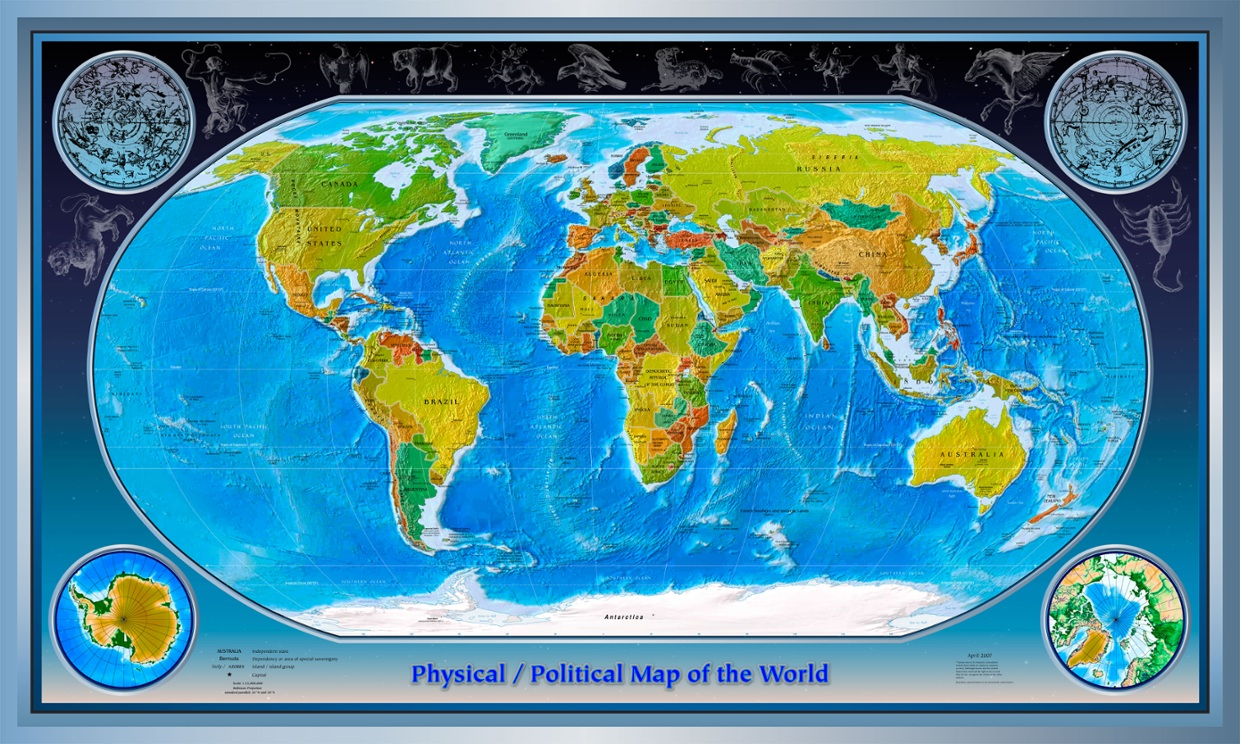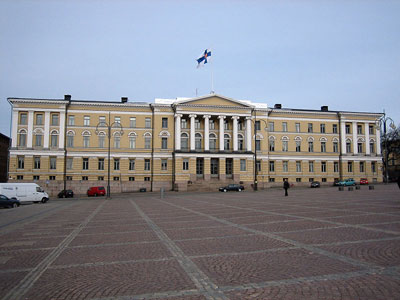 
 字體:小 中 大
字體:小 中 大 |
|
|
|
| 2017/09/21 13:50:13瀏覽733|回應0|推薦3 | |
|
北歐赫爾辛基大學全球經濟研究分析中心對世界大部分國家人口、科技、軍事、人才、科研、經濟、戰略、結構、國際關係等,通過雲計算分析預測出2050年全球五大強國!
排名 國家 人口 GDP 年增長率 人均
因為中國自古以來就是一統江山的,中央集權的統一大國,而且是全世界的頭等強國,自從1850年鴉片戰爭自1950年在這100年期間內,中國被世界列強,無情的攻擊侵略與佔有,割據,也因為國共內戰等,諸多因素,導致國力迅速崩潰,國際地位也一落千丈,淪落為次殖民地,國際間受到列強的巧取豪奪與不平等的國際待遇,直到1949年中國共產黨,建立中華人民共和國,起自力自強,奮發向上,奮發圖強,奮戰不懈,努力以赴的革命建國,努力生產,加速經濟與基礎建設開發,更有鄧小平同志的和平解放,開放等偉大戰略思想,等指導,讓中國在30年間再度回到世界舞台,再度為首要強國. 中國和平強勢崛起,只是為了恢復過來其歷史地位,中國為聯合國5個常任理事國,中國理當履行對世界維護和平的責任,中國將來要領導世界,而不是像西方列強掌管世界,掠奪資源,中國將與全世界的國家,和平相處,共存共容.
第一:中國:人口指數 13-15億,GDP指數 61萬億$,年增長率 4.7%,人均指數 6-7萬$,
中國將成為世界上最發達的國家和最富有的國家,遙遙領先其他國家,人均將會進入世界前十,GDP或將是全球其他國家的總和!
第二:美國,人口指數 4-5億,GDP指數 31萬億$, 年增長率 1.8%,人均指數 6-7萬$ 美國將是世界上僅次於中國的綜合實力最強國家,以及人均最富有的國家之一,同時美國的科技實力仍將無可撼動! 外媒預測,2050年世界五大超級強國,這些國家厲害了!
第三:印度,人口指數 16-18億,GDP指數 15萬億$, 年增長率 6.3%,人均指數 0.8-1萬$
印度將是世界第一人口大國,同時可能是世界上貧富差距最大的國家,如果不進行社會變革,大量的窮人將會無家可歸!
第四:巴西,人口指數 2.5-3億,GDP指數 10萬億$ 年增長率 5.7%,人均指數 3-4萬$, 廣袤的土地和適量的人口將會推動巴西成為世界上最發達的國家之一,前提是巴西需要將內陸徹底開發!
第五:德國,人口指數 0.8-1億,GDP 指數 7萬億$ 年增長率 2.2%,人均指數7-9萬$
作為老牌已開發國家,加上相對敬業以及富有自省精神的國民,德國仍將是強國之一和歐洲最發達的國家,同時也將是世界上人均最富有的國家!
赫爾辛基大學(拉丁語:Universitatis Helsingiensis,芬蘭語:Helsingin yliopisto,瑞典語:Helsingfors universitet),位於芬蘭首都赫爾辛基市,成立於1640年,是芬蘭最大且歷史最悠久的最高學府。 赫爾辛基大學實行芬蘭語和瑞典語雙語授課。隨著國際化的發展,英語也被廣泛地應用於本科階段的學習,碩士和博士階段幾乎是英語教學。赫爾辛基大學的法律,哲學,數學,理論物理,生命科學及醫學等居於世界領先地位。赫爾辛基大學先後孕育出5位諾貝爾得主,此外世界著名的音樂大師讓·西貝柳斯亦出自赫爾辛基大學。
The University of Helsinki (Finnish: Helsingin yliopisto, Swedish: Helsingfors universitet, Latin: Universitas Helsingiensis, abbreviated UH) is a university located in Helsinki, Finland since 1829, but was founded in the city of Turku (in Swedish Åbo) in 1640 as the Royal Academy of Aboensis, at that time part of the Swedish Empire. It is the oldest and largest university in Finland with the widest range of disciplines available. Around 36,500 students are currently enrolled in the degree programs of the university spread across 11 faculties and 11 research institutes. As of August 1, 2005, the University complies with the harmonized structure of the Europe-wide Bologna Process and offers Bachelor, Master, Licenciate, and Doctoral degrees. Admission to degree programmes is usually determined by entrance examinations, in the case of bachelor's degrees, and by prior degree results, in the case of master and postgraduate degrees. Entrance is particularly selective (circa 15% of the yearly applicants are admitted). It has been ranked a top 100 university in the world according to the 2016 ARWU, QS and THE rankings. |
|
| ( 時事評論|國際 ) |


















